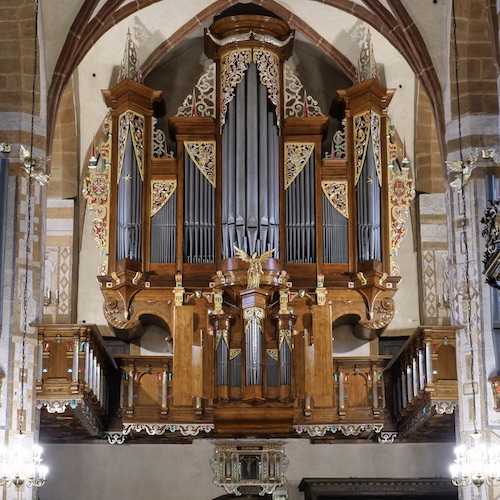Olkusz - PL
Associate member
Olkusz is a town in southern Poland with 36,607 inhabitants (2014). Situated in the Lesser Poland Voivodeship (since 1999), previously in Katowice Voivodeship (1975–1998), it is the capital of Olkusz County. Olkusz is known for its abundance of silver, which is mined and extracted in the vicinity.
A first written historical document from the year 1299 refers to the city of Olkusz, although it was granted town rights earlier. It was a royal town of Poland, administratively located in the Kraków Voivodeship in the Lesser Poland Province of the Polish Crown. The inhabitants were mostly wealthy, due to the lead mines. Silver was discovered too. Various wars crossed the path of this town, which was at its lowest at the end of the 17th century.
In the Third Partition of Poland (1795) the town was annexed by Austria. Following the Austro-Polish War of 1809 it was regained by Poles and included within the short-lived Duchy of Warsaw, and after the duchy's dissolution in 1815, the town fell to the Russian Partition of Poland. Fights of the Polish January Uprising took place in the area in 1863. Francesco Nullo, hero of the fights for Italian and Polish independence died in the Battle of Krzykawka nearby, and then was buried at the cemetery in Olkusz.
Poland eventually regained independence and control of the town after World War I in 1918.
During the joint German-Soviet invasion of Poland, which started World War II in September 1939, the town was invaded by Germany.
Under German occupation, the town was annexed directly into Germany. Poles from Olkusz were among the victims of a massacre committed in Celiny in June 1940. On 16 July 1940, in retaliation for the killing of a German policeman, the Germans carried out a massacre of 20 Polish hostages.On 31 July 1940, the Germans gathered all Polish and Jewish men aged 15 to 55 and subjected them to torture and murder. The German terror campaign against the local population was aimed at the planned Germanisation of the town and the region. The occupation ended in January 1945, and the town was restored to Poland.
Artistic Director: KRZYSZTOF URBANIAK (email)
News
The Organs
Artistic Director






